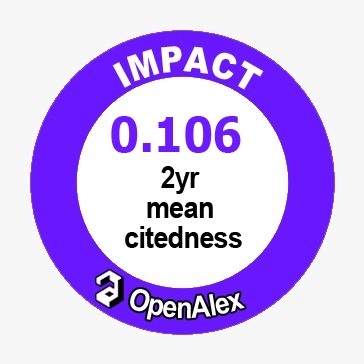Symbols in the Digital Waste Land: Reinterpreting Eliot through Media Theory
DOI:
https://doi.org/10.55220/2576-683x.v9.517Keywords:
Fragmentation, Isolation, Symbolism, Digital age, The waste land.Abstract
The article evaluates T.S. Eliot's The Waste Land (1922) to demonstrate how its symbolic elements reveal modern digital experiences. The research combines literary criticism with media theory and symbolic anthropology to analyze how the Fisher King, Unreal City, and Water imagery symbols in the poem serve as diagnostic tools for understanding digital-age phenomena. The "infosphere" concept developed by Floridi (2014) explains how identity spreads across digital spaces, which directly relates to the shadowy multitudes in Eliot's Unreal City. The study reveals three mechanisms that allow these symbols to move beyond their original time period: structural homology, affective resonance, and diagnostic transposition. The analysis demonstrates that Eliot’s broken poetic structure, which depicted post-war cultural despair, now helps explain digital space problems, including information overload, virtual disconnection, and scarcity of meaning.







